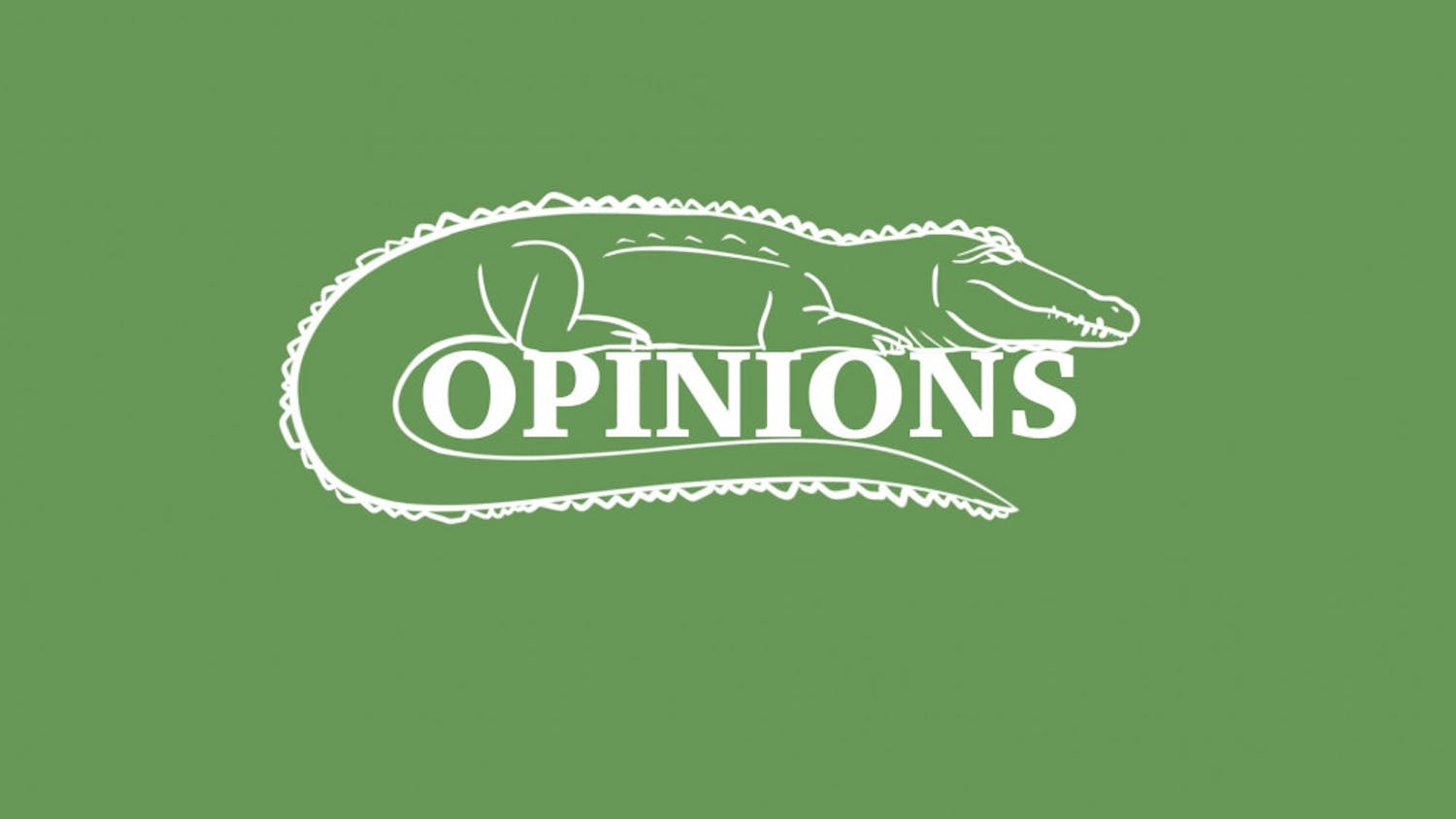With the help of a new scanner, UF researchers will be able to enlarge, rotate and see details of specimens.
In December, UF’s Florida Museum of Natural History got a micro-computed tomography scanner, which is a 3-D X-ray machine that captures parts of an object, recreates them digitally and allows a researcher to extract its components. The museum turned on the machine Wednesday. It costs between $500,000 and $1 million.
Jonathan Bloch, a vertebrate paleontologist at the museum, said a 2-inch, 50 million-year-old primate’s brain could become the size of his palm or larger with the help of the scanner.
The scanner could provide a full image of a specimen from every angle, he said.
Edward Stanley, a post-doctoral herpetology researcher, said he will use the new machine for his research on the evolution of lizard armor, the parts of lizards’ anatomy that protect them.
Many of the fossils he uses are delicate and rare, Stanley said. Because of this, he has to be careful observing his specimens.
“(The scanner) is essentially a non-damaging, digital dissection,” Stanley said. “We have way too much data, so now we have to ask specific questions pertaining to that data.”
The scanner, while beneficial to the museum’s research, will have wider global implications, Bloch said. After creating a digital 3-D model of a specimen, he can upload it online for others to use.
This will allow data to be viewed in different parts of the world, Bloch said. Along with research opportunities, the scanner will connect students of all ages, all over the world, with virtual data.
“Now you can do these classroom exercises where you look at (a prehistoric snake’s) bones and try to determine how big the snake was,” he said.




